Alexander Vasiliev, a partner manager at Yandex’s ad network, gave a speech at the “Gaming Industry” conference. He listed six common mistakes that developers of mobile games make when using ads to monetize their games.
1. Employing a single ad network
Many developers believe that since their monetization is doing well, they just need to use one ad network. However, Vasiliev thinks this strategy is ineffective. He clarifies that the app owner becomes reliant on the tastes and requirements of the single ad network. Given that any ad display will accompany it in this scenario, the ad network is free to act anyway it pleases.

Employing a single ad network
There is competition when more ad networks are added. Higher bids and improved performance are the results of networks having to put in more effort to get a certain display. Revenue rises overall as a result of this.
But using an excessive number of ad networks is also not recommended. The program just won’t function correctly. You must identify an ideal. In selecting ad networks, Vasiliev suggests taking into account:
- The geography of the displays
- The advertiser base
- Ad formats
- CPM
Vasiliev also suggests employing mediation services, which let you receive and display advertisements from several ad networks.
2. Not updating the SDK
Even if appears that everything is operating smoothly without the SDK-ads are shown, user are happy, and problems don’t occur-Vasiliev thinks that it is still important to update the SDK on a regular basis.
The problem is that the app’s advertisement displays are only the beginning. In the end, everything should be set up so that advertisers who have signed up with the network receive the conversions they are hoping for.
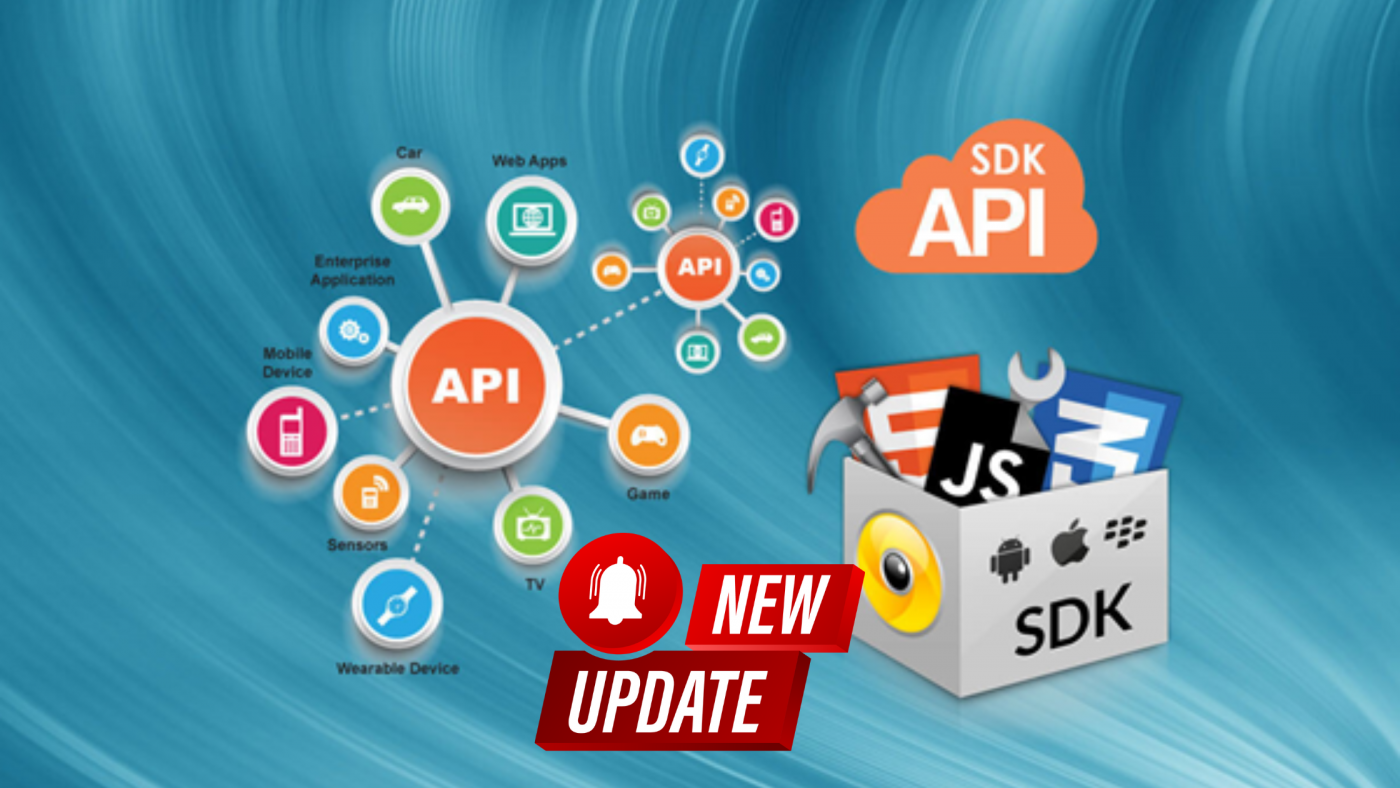
Not updating the SDK
The majority of Russian advertisers operate under the CPA (cost per action) model; they seek particular actions such as app installs, website visits, purchases, and so on. Every new version of the SDK includes additional techniques intended to increase conversions since the ad network is interested in seeing that conversion occur. Bids rise in response to higher platform conversion rates.
Updates for the SDK also offer additional helpful features, improve software dependability, and repair issues. In addition, they guarantee adherence to any updated policies and regulations from Google Play and the App Store.
3. Not caching ads
Sometimes, app developers put their games in a condition where the advertisements are replaced with a loading circle and a blank screen. Vasiliev claims that in these situations, the majority of users just end the application and switch to another game, which reduces ad revenue. Players may be patient at times, but their commitment to the project and level of interest drop.
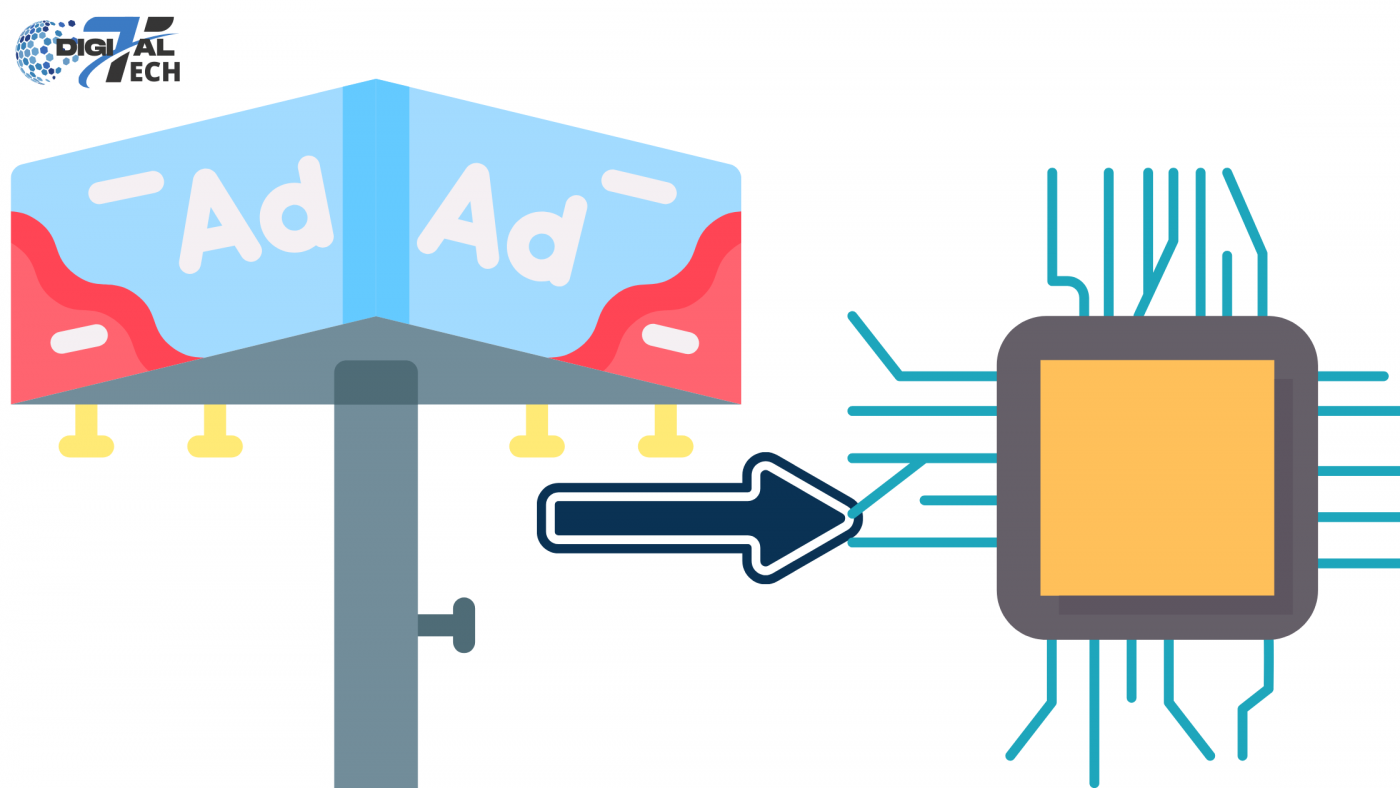
Not caching ads
A cache of creatives for the duration of a gaming session is the solution, guaranteeing that the user will always see something within the designated ad period. Keep an eye on the Show Rate statistic, which measures the ratio of displays to ad selects, to determine the ideal quantity of creatives.
The rate will be 2%, for instance, if there are 100 creatives in reserve and the player leaves the game after just viewing two of them. This is really minimal. A 20% show rate is regarded as a reasonably good level. The caching algorithms need to be examined to see if they are less than this. Vasiliev claims that reaching 100% is nearly impossible.
4. Blocking too many ad categories
Selecting to only display in-app advertisements in categories that are directly connected to the game’s topic is another error that Vasiliev calls attention to. For instance, restricting the advertisements in racing games to those about cars. It’s critical to realize that user interests are far more diverse.
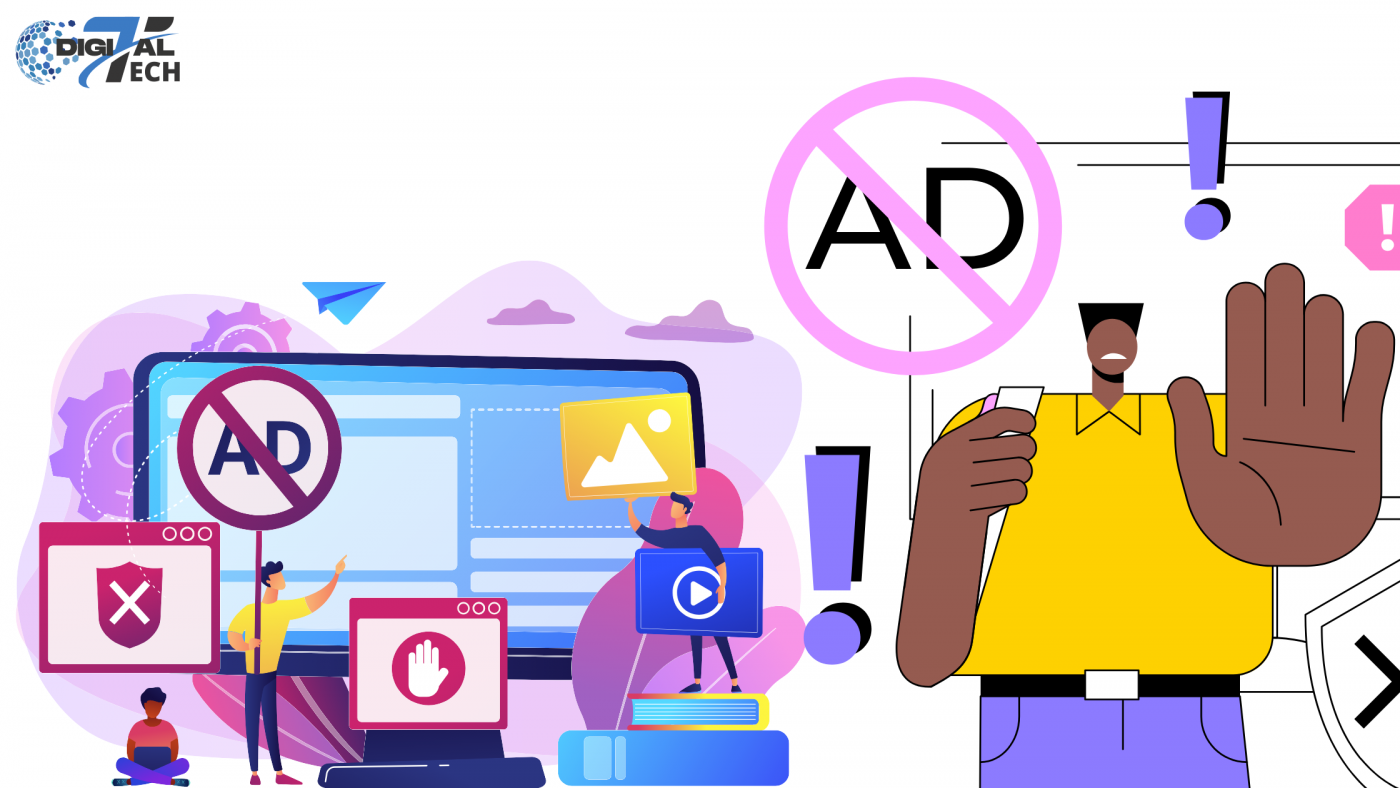
Blocking too many ad categories
Presenting everything without distinction is also not a good idea. Block advertisements from direct competitors, at the very least. Don’t show pornographic advertisements in kid-friendly games, either.
5. Using inappropriate ad formats
In games, banners, full-screen ads, and rewarded ads are the most common ad formats. Vasiliev suggests that when employing these, it is crucial to carefully analyze the initialization procedures. This has an impact on user loyalty and engagement, which in turn affects revenue. For example, if advertising appears during gameplay too frequently, the user can become irritated and remove the program. Ads on thank-you, registration, error, and interface/control components should also be avoided.
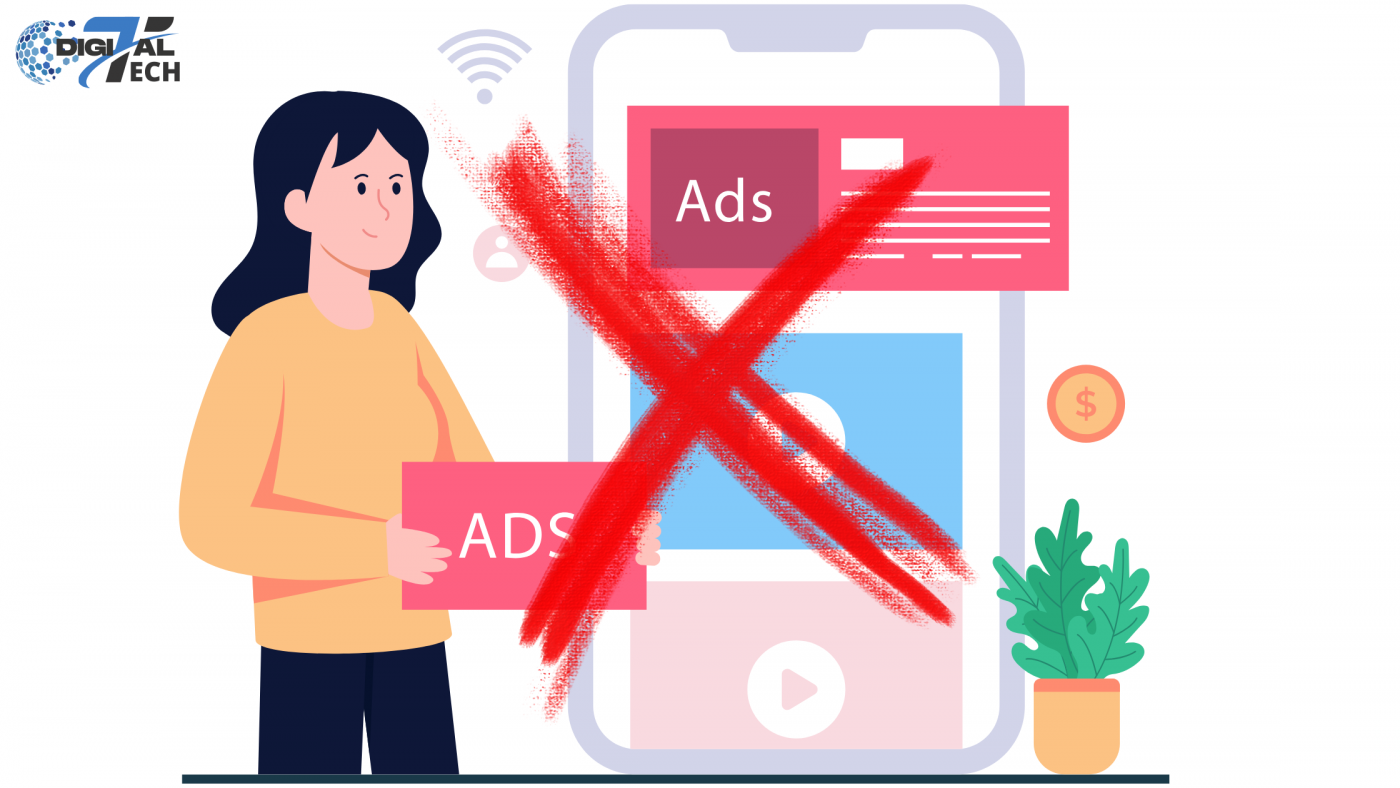
Using inappropriate ad formats
Pages where players spend more than three seconds are prime candidates for advertisements, according to Vasiliev. AppMetrica and Firebase are two tools that can be used to find these areas.
Vasiliev should choose an ad format while taking into account the app’s theme and user behavior. A/B testing can be used to find appropriate formats.
6. Not using app-ads.txt
App owners can list approved ad networks and merchants in the certificate app-ads.txt. Its use is customary in the industry. Ignoring it could lead to some advertisers refusing to work with you.
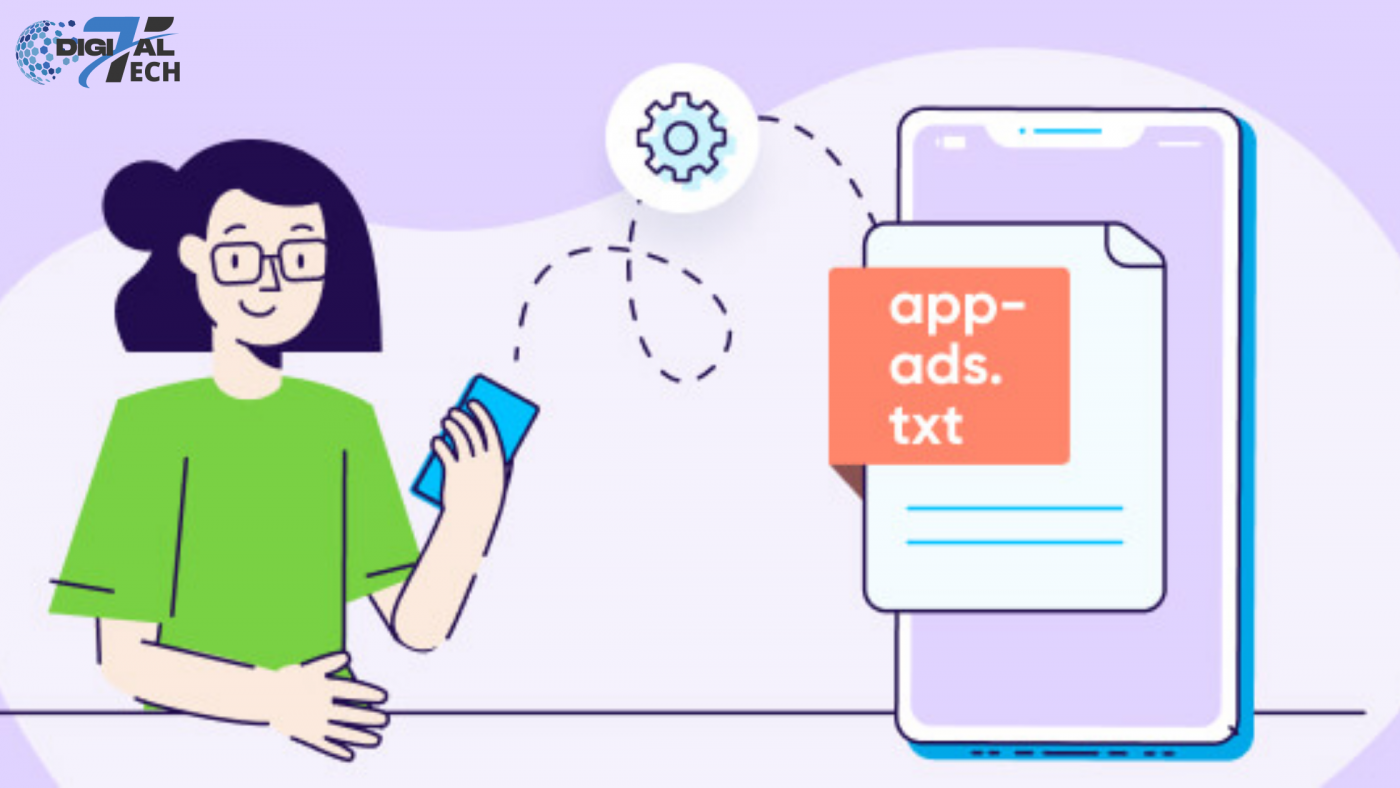
Not using app-ads.txt
Updating the file is crucial to preserving the link between the app and any more advertisers that the ad network might draw.


Pingback: What Is Programmatic Video Advertising? Its Advantages and Latest Trends - DigitalTech Media
Pingback: From Game Developer to Billionaire: Is This a Good Career? - DigitalTech Media